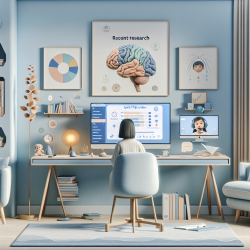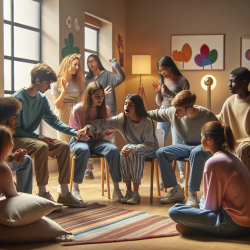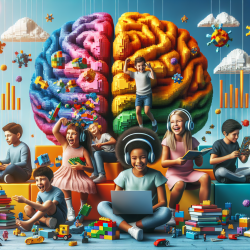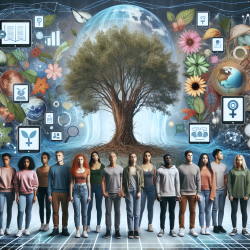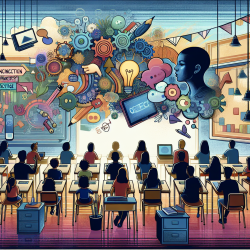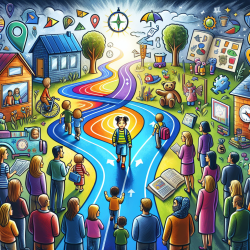Unlocking the Hidden Potential of Twice-Exceptional Children
Twice-exceptional (2e) children, those who are both gifted and have learning or physical disabilities, represent a unique and often misunderstood group within the educational landscape. As outlined in Roya Klingner's article, these children face significant challenges, including misunderstanding and misdiagnosis, which can hinder their educational and personal development.
Understanding Twice-Exceptional Children
The term "twice-exceptional" refers to children who possess high abilities or talents in one or more areas but also have one or more disabilities, such as ADHD, Autism Spectrum Disorder, or specific learning disabilities. These children are often at risk of being misunderstood, as their disabilities can mask their gifts and vice versa.
Challenges in Identification and Support
Identifying twice-exceptional children requires comprehensive assessments that consider both their giftedness and disabilities. Misdiagnosis or missed diagnosis is common, leading to a lack of appropriate educational support. Educators and psychologists must collaborate to create individualized education plans that cater to the unique needs of 2e students.
Innovative Approaches to Support
At TinyEYE, we understand the importance of addressing both the strengths and challenges of twice-exceptional children. We offer online therapy services that are tailored to meet the diverse needs of these students. Our approaches include:
- Solution-Oriented Therapy: Encouraging positive thinking and focusing on solutions rather than problems.
- Art Therapy: Utilizing creative expression to help children process emotions and develop coping strategies.
- Animal-Assisted Therapy: Incorporating animals into therapy sessions to improve mood, reduce anxiety, and foster social skills.
Case Studies and Success Stories
Real-life examples from the Global Center for Gifted and Talented Children highlight the transformative impact of these therapies. For instance, Noel, a highly gifted child diagnosed with ADHD and Asperger's, thrived in a supportive educational environment tailored to his needs. Similarly, animal-assisted therapy has proven beneficial for children with various conditions, including Autism and ADHD, by promoting relaxation and enhancing emotional well-being.
Conclusion
Twice-exceptional children are a valuable resource with immense potential. By recognizing their unique needs and providing targeted support, we can help them succeed academically and personally. At TinyEYE, we are committed to offering innovative therapy solutions that empower these children to reach their full potential.
For more information, please follow this link.




